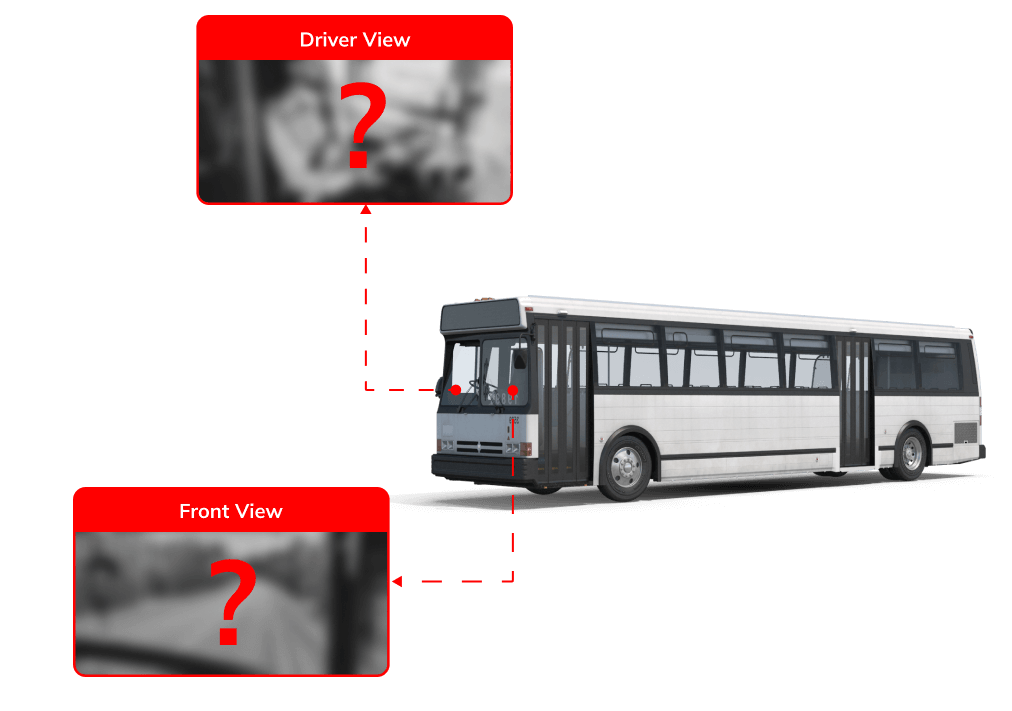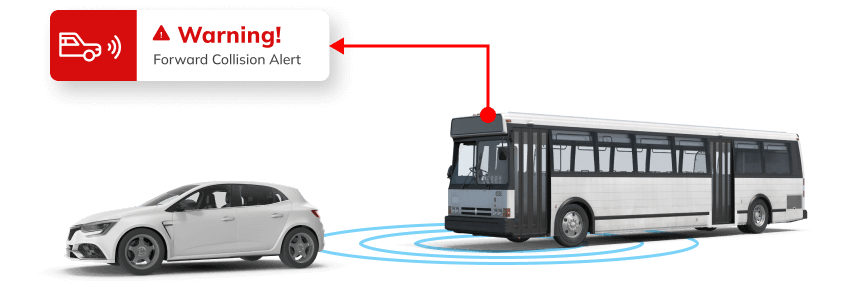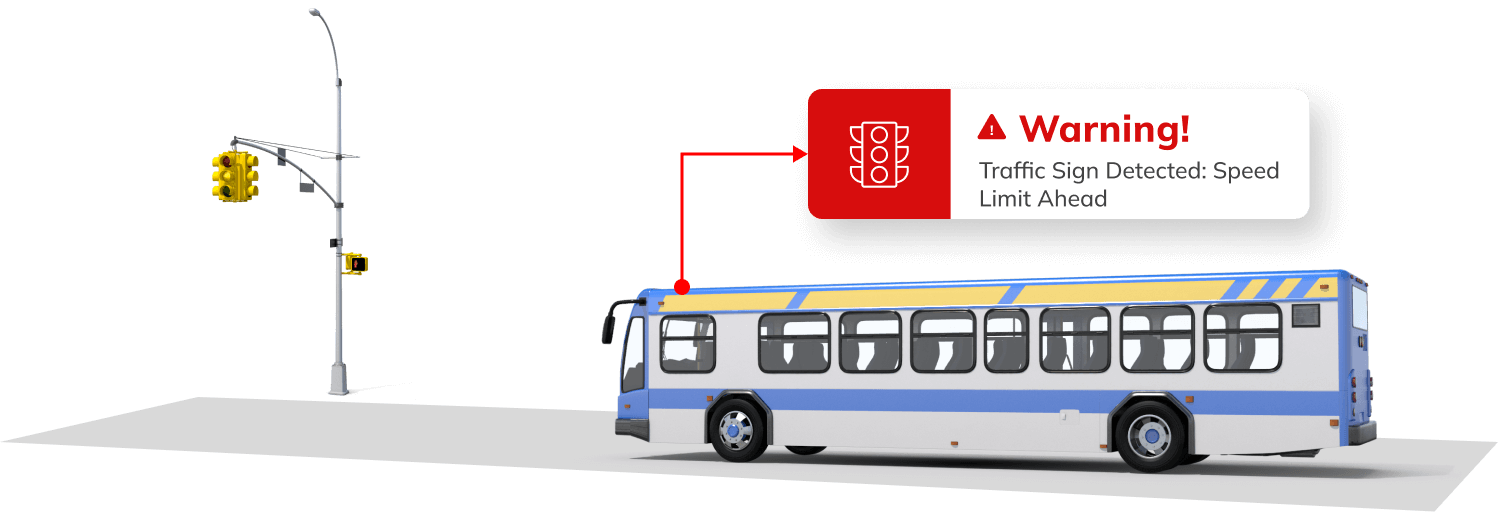Passenger transport, whether by bus, taxi, or ride-sharing services, can greatly benefit from the integration of Advanced Driver Assistance Systems (ADAS). Here’s a use case that highlights the advantages of ADAS in passenger transport.
Introduction
Challenges
Passenger Safety: Ensuring the safety of passengers during transit is a top priority for passenger transport providers. Challenges include addressing potential collisions, maintaining lane discipline, and monitoring driver behavior.
Safety and Comfort: Passenger transport vehicles, face challenges related to driver behavior, and overall passenger comfort during the journey. Ensuring a smooth and secure ride while mitigating potential risks is a priority for passenger transport operators.
Traffic Conditions: Passenger transport vehicles often operate in dense traffic environments, making it challenging for drivers to navigate safely and efficiently.
Comfort and Efficiency: Providing a comfortable and efficient ride experience is crucial for passenger satisfaction and loyalty.
Challenges

Solution
By incorporating ADAS, passenger transport providers handled these challenges and offered higher safety, efficiency, and comfort to their passengers.
Collision Avoidance and Forward Collision Warning: ADAS features like Forward Collision Warning (FCW) alerted drivers when they approached vehicles or obstacles too closely. This helped prevent collisions and provided more time for the driver to react and avoid accidents.
Lane Keeping Assist (LKA): LKA assists drivers in maintaining proper lane discipline. The system provides gentle steering inputs to keep the vehicle centered within the lane, reducing the risk of unintentional lane departures.

Traffic Sign Recognition (TSR): TSR technology detects and interprets traffic signs such as speed limits, stop signs, and no-entry signs. It provides visual or audible alerts to drivers, ensuring compliance with regulations and enhancing safety.
Driver Monitoring: Monitor driver behavior, such as sharp cornering, overspeading etc. This allows for timely alerts or notifications to remind drivers to stay focused, minimizing the risk of accidents caused by driver-related factors.

Results
Compliance with Work Hour Regulations: Driver monitoring and fleet management software enable accurate tracking of driver work hours, ensuring compliance with work hour regulations. This helps avoid violations, penalties, and legal risks associated with improper work hour management.
Optimal Shift Planning: Efficient shift planning and optimization based on driver availability and preferences enhance operational efficiency in employee transport. This ensures sufficient driver coverage, minimizes disruptions, and improves service reliability.

